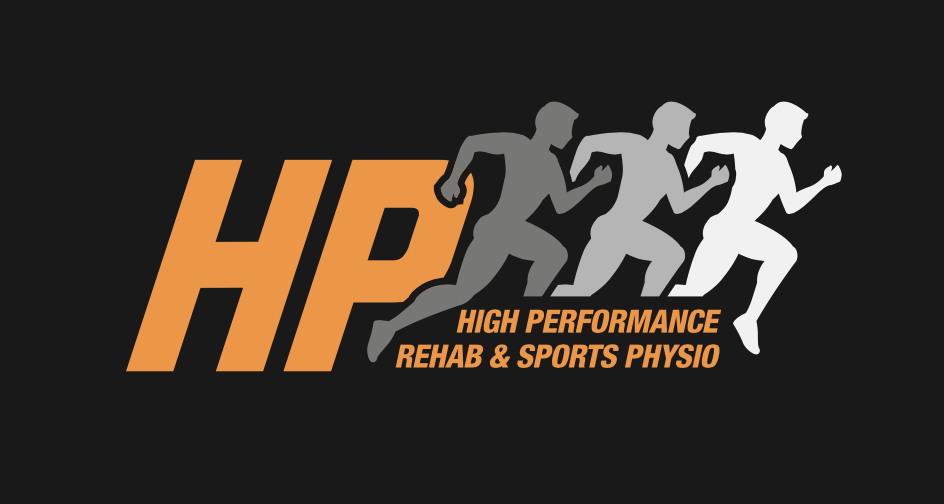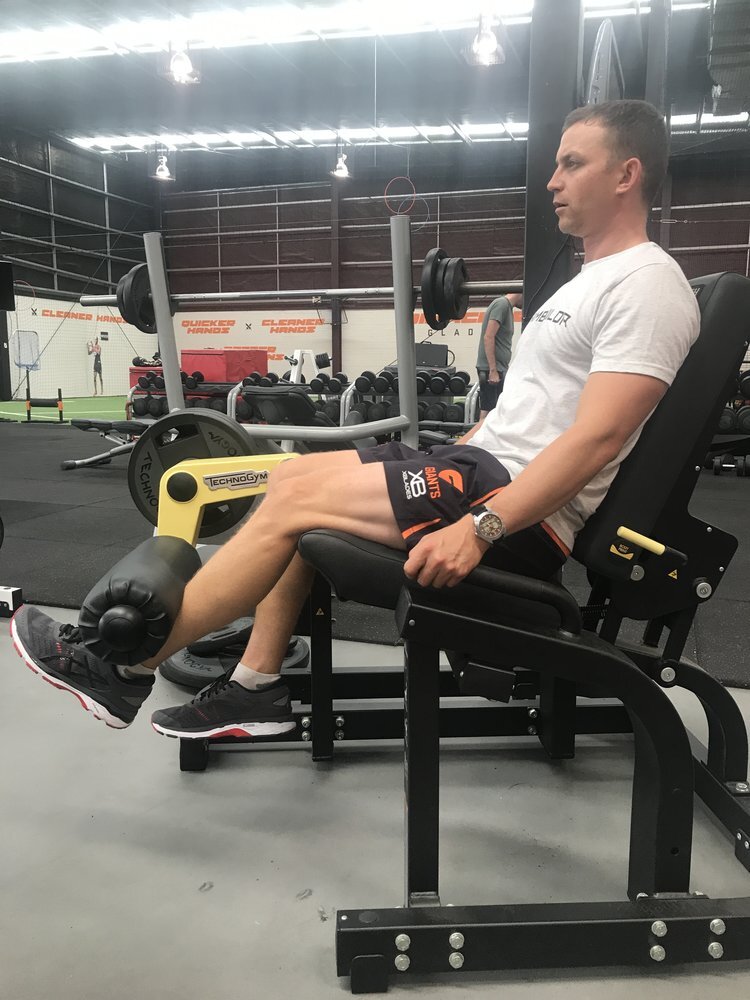Tendon injuries of the knee commonly occur of sports that require sprinting, change of direction and kicking. Patella and quadriceps tendons are less common injured in runners but do still occur. These tendon injuries occur for different reasons compared to other Runners Knee Injuries and need to be managed differently.
Causes
Runners Knee tendinopathies occur when running loads are very high or increased suddenly. They more often occur with running of increased speed or intensity and are more common in sports that require sprinting and jumping and landing.
Tendon injuries occur when there is a mismatch between tendon capacity (i.e what the tendon is capable and accustomed to doing) and the load placed on it (i.e the training stimulus) (Cook and Purdam, 2009). – See Jumpers Knee: Patellar Tendinopathy – Diagnosis & Management in our news section for further discussion on this topic https://www.hprsphysio.com.au/news/2018/1/11/diagnosis-management-of-jumpers-knee-patellar-tendinopathy.
Diagnosis
As with other running related knee injuries a thorough assessment and diagnosis from your Sports Physio or Sports Doctor is the first step. Often on looking back at your running history it will become obvious there is a recent spike in your workload over a relatively short period of time. Pain directly over your quadriceps tendon insertion or patella tendon origin at the inferior point of your knee cap, as well as a history of a spike in running load is common. Morning pain and stiffness are also key diagnostic features of these tendinopathies.
It is important to get a diagnosis of the phase of injury you have in your tendon as they are management different. Eg, a new acute injury is managed differently to a chronic overuse injury. A sports physio will help determine which phase of injury your tendon is in. Imaging can be used to assist this diagnosis but is not always accurate.
Management
Overuse tendon injuries around the knee respond well to strength work and running program modification.
Strength is very effective in these injuries to reduce pain and improve performance, but needs to be programmed individually to the injury and their running demands.
Relative rest may also be indicated for acute reactive tendon injuries to the patella or quadricep, but you should not completely cease running as the overall capacity (strength) of the tendon will decrease making this injury susceptible to recurrence (Kountouris & Cook, 2007).
Strength
Strengthening of the lower limb muscles, in particular the quadriceps, is the main form of management for these tendinopathies. Strength work consists of through range strength exercises where able and ISOMETRIC Strength exercises.
Isometric strength is where an exercise is held static for an extended period of time. Research has shown isometrics to be effective in reducing tendon pain for hours (Cook & Purdam, 2014; Cook, Rio & Docking, 2014). Specific isometric exercises for Patella and Quadriceps Tendiopathies include leg extension and leg press (See Pictures).
Isometrics are thought to work by maximally activating a large portion of the quadriceps muscles therefore taking load off the painful tendon. Working up to 3-4 sets of 45 seconds of heavy isometric holds is the aim here. These can be done pre and post running, as well as on days off as needed.
Leg Extension
Leg Press
Running Programming
Once your patella or quad tendon are acutely reactive and painful, the type and frequency of running you do needs to be addressed. A short relative rest period may be necessary initially to allow to tendon to settle. However, you should not rest completely for a long period of time as this with reduce your strength and the capacity of your tendon to run in the future. At the early stage you may be restricted to running only twice per week, ideally with a 2-3 day break between sessions. Tendons have been shown to take up to 72 hours to recover from a bout of intense exercise.
Other factors to consider when running with a tendon injury are;
- Listen to your pain levels. It is generally ok to run with a pain of up 3/10. Pain greater than this during/after or the next day should be addressed
- Minimal stretching. This can aggravate your injury
- Pain killers and anti-inflammatory drugs can assist in symptom management, and used under the advice of a pharmacist or doctor. There is also some evidence that green tea and fish oil is helpful in tendon injuries (Fallon & Purdam et al. 2008).
Written By Chris Bailey - Titled Sports & Exercise Physiotherapist
References
Cook, J., Khan, K., Kiss, Z., Purdam, C., and Griffiths, L. (2001). Reproducibility and clinical utility of tendon palpation to detect patellar tendinopathy in young basketball players. British Journal of Sports Medicine, 35, 65–69. doi: doi:10.1136/bjsm.35.1.65
Cook, J.L, and Purdam, C.R. (2009). Is tendon pathology a continuum? A pathology model to explain the clinical presentation of load induced tendinopathy. British Journal of Sports Medicine, 43(6), 409-16.
Cook, J., and Purdam, C. (2014). The challenge of managing tendinopathy in competing athletes. British Journal of Sports Medicine, 48, 506–509. doi:10.1136/bjsports-2012-092078
Cook, J., Rio, E., and Docking, S. (2014). Patellar tendinopathy and its diagnosis. Sport Health, 32(1), 17-20. Retrieved from: http://0-search.informit.com.au.alpha2.latrobe.edu.au/documentSummary;dn=322863309596697;res=IELHEA
Fallon, K., Purdam, C., Cook, J., Lovell, G. (2008). A ‘‘polypill’’ for acute tendon pain in athletes with tendinopathy? Journal of Science and Medicine in Sport, 11, 235—238. doi:10.1016/j.jsams.2007.09.002
Malliaras, P., Cook, J., and Kent, P. (2007) Anthropometric risk factors for patellar tendon injury among volleyball players. British Journal of Sports Medicine, 41(4), 259–263. doi:10.1136/bjsm.2006.030049
Kountouris, A., and Cook, J. (2007). Rehabilitation of Achilles and patellar tendinopathies. Best Practice & Research Clinical Rheumatology, 21(2), 295–316. doi:10.1016/j.berh.2006.12.003



